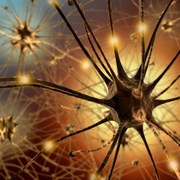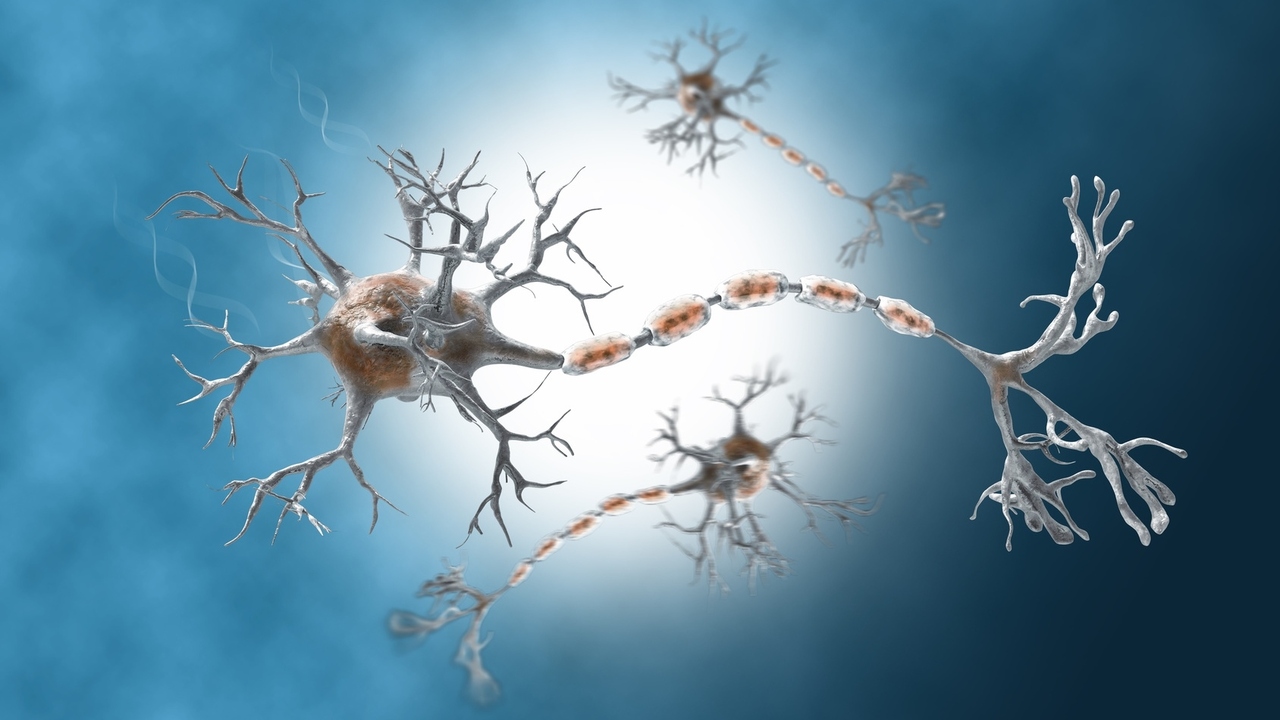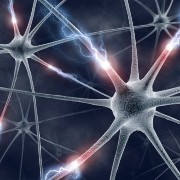 iStockphoto/Thinkstock
iStockphoto/Thinkstock
Guillain-Barre Syndrome is an autoimmune disorder of the peripheral nervous system, causing weakness and tingling sensations.
Patients may need a mechanical ventilator to help them breathe, but even those with the most severe symptoms have a good chance of recovery.
The National Institute of Neurological Disorders and Strokes (NINDS), a division of the National Institutes of Health, reports that the recovery period ranges from a few weeks to a few years.
About 30 percent of Guillain-Barre patients still have residual weakness after three years.
Standard therapy includes plasma exchange and high-dose immunoglobulin therapy.
Dr. C. Walgaard of Erasmus Medical Center in Rotterdam, the Netherlands, and colleagues reported that more data are needed to customize the treatment to the individual's condition.
“Patients with poor prognosis may benefit from additional treatment, provided they can be identified early, when nerve degeneration is potentially reversible and treatment is most effective,” Walgaard wrote.
In a study of 397 patients, Walgaard found the following factors associated with poor prognosis:
1.Higher age
Patients over age 40 had the lowest rates of recovery, in terms of their ability to walk unaided at four weeks, three months, and six months after admission to a hospital.
2.Diarrhea before admission to the hospital
The NINDS web site explains that Guillain-Barre syndrome is often preceded by a gastrointestinal or respiratory infection. Walgaard's study found that gastrointestinal infection, but not respiratory infection, is associated with a higher risk of long-term weakness.
3.Positive blood tests for Campylobactor jejuni or cytomegalovirus
The Centers for Disease Control and Prevention (CDC) identifies Campylobactor jejuni as the most common cause of bacterial diarrhea. The CDC describes cytomegalovirus as a common virus that often produces “silent” infections with no symptoms.
4.Rapid disease progression
5.Severe disease
Guillain-Barre syndrome is rare. This is good news for most of us, but Walgaard points out that patients are at a disadvantage because the rarity of the condition make research more difficult.
Still, the search for improved treatment is ongoing. I found 15 clinical trials currently listed on the National Institutes of Health's website: http://clinicaltrials.gov/
References:
National Institute of Neurological Disorders and Strokes. NINDS Guillain-Barre Information Page. Web. April 15, 2012.
http://www.ninds.nih.gov/disorders/gbs/gbs.htm
Walgaard C et al, “Early recognition of poor prognosis in Guillain-Barre syndrome”, Neurology 2011; 76: 968-75. http://www.ncbi.nlm.nih.gov/pubmed/21403108
Centers for Disease Control and Prevention. PulseNet Pathogens – Campylobacter jejuni. Web. April 15, 2012.
http://www.cdc.gov/pulsenet/pathogens_pages/campylobacter_jejuni.htm
Centers for Disease Control and Prevention. Cytomegalovirus (CMV) and Congenital CMV Infection. Web. April 15, 2012.
http://www.cdc.gov/cmv/index.html
Reviewed May 7, 2012
by Michele Blacksberg RN
Edited by Jody Smith






Add a CommentComments
There are no comments yet. Be the first one and get the conversation started!